Virtual Reality (VR) , which uses high-tech means of computer development to construct a virtual realm, enables participants to feel the same as reality. As an example, when you wear a special helmet and gloves, you will find yourself in a museum that is not subject to time and space. When you walk forward or turn your head, the sights you see will follow. Change, you can go through the hall and push open the front door. When you see a beautiful exhibit, you can even watch it up and down, inside and out – this is the reality brought by virtual reality technology. feel. The first integrated virtual reality device is coming, which will free people from cables, PCs and mobile phones to further advance virtual reality technology. In the two years since the advent of consumer virtual reality hardware, it has been trying to catch up. There are many reasons for this. One reason is that all current virtual reality systems can only be run when connected to an external computing device. So far, there are two main forms of virtual reality devices, one is the computing power and display screen of the smart phone, and the other is a high-end one, which needs to connect to a PC or a game console. But all of these require users to have a top-level smartphone or high-profile computer, or a professional game console like the PS4 to experience high-quality virtual reality. In 2018, with the release of several integrated VR systems, this situation will change, and we will enter the VR2.0 era. Be prepared for the VR2.0 era early, because this technology evolution can help the technology become a $38 billion industry by 2026. Although the concept of virtual reality has existed for decades, Google's Cardboard launched in mid-2014 brought us into the era of modern consumer virtual reality. However, the real impact of virtual reality is in 2015. In November of this year, Samsung launched the virtual reality device GearVR, which needs to be used with a new Samsung mobile phone. A year later, in 2016, with the release of high-end OculusRift and HTCVive, the virtual reality industry has achieved significant growth. Both OculusRift and HTCVive need to be connected to a PC to be used. The mid-end market Sony PlayStaTIonVR needs to be connected to PlayStaTIon4 to be used. Google’s DaydreamView headset was also launched in 2016, and DaydreamView needed to work with the company’s own Pixel phone. All of the VR devices listed above need to be paired with an external computing device because VR has a lot of technical requirements. In this case, there is no way to produce a VR device with built-in computing technology. However, a variety of computing systems will inevitably become smaller, cheaper, and more efficient. VR is no exception. This year, only a few independent virtual reality systems will be available, but this will be the biggest advancement to date since the emergence of virtual reality as a mainstream consumer technology. Let's take a look at the development trend of VR in 2018 and beyond. OculusGo At the OculusConnect Developer Conference in October last year, Facebook announced that OculusGo will be released in early 2018. This stand-alone VR headset will be compatible with content originally developed for the Samsung GearVR platform. The OculusGo is priced at $199, considering GearVR's $130 price, and GearVR must be connected to high-end Samsung for hundreds of dollars. Mobile phones, so the price of OculusGo is quite reasonable. However, OculusGo does not provide location tracking technology, which means that even if you have a 360-degree view, you will always be at the center of what you see. For those smart phone users (such as iPhone users) who are not connected to the VR headset, this device is probably a good entry-level VR device. OculusSantaCruz In addition to OculusGo, Oculus is also developing another integrated VR device: SantaCruz. This VR head display has a positioning tracking function. With this feature, users can perform 3D moves in a virtual environment. Positioning tracking is a combination of hardware and software that monitors the absolute position of an object. This is very important for VR, because combined with location tracking, the system can measure and report 6 degrees of freedom in the real sense. Since virtual reality is a simulated (modified) reality, we need to accurately track how objects (such as the head or hand) move in the real world so that the system can achieve accurate mapping in the VR world. Oculus presented a basic version of SantaCruz for the first time at the 2016 OculusConnect conference. The main body of the SantaCruz is similar to the OculusRiftCV1, but the biggest difference is that SantaCruz has a separate computing unit with its own calculation, display and tracking functions. SantaCruz will post the computing unit, battery, etc., while relying on the top headband support. At the 2017 show, Oculus showed a smoother version of the Santa Cruz system, which uses a sleek industrial design that does not see any parts inside. The SantaCruz experience is very similar to the Rift, including the clever use of handheld controllers. GoogleDaydream At the Google I/O Developers Conference in May last year, Google announced that it would launch an all-in-one DaydreamVR headset that would make VR enthusiasts excited. It is understood that this device will provide location tracking and 6DOF technology through Google's so-called "WorldSense System" (WorldSense). Essentially, DaydreamVR looks like an all-in-one Vive with a high-end VR system, just without cables, like Santa Cruz. Unfortunately, Google and HTC recently said they have shelved their partnership on the all-in-one Daydream device. However, Google still plans to work with Lenovo on the all-in-one DaydreamVR system, but Google did not disclose the specific release date or price of DaydreamVR. Despite this, the device is likely to be available in 2018. HTCViveFocus Despite canceling the partnership with Google on the Daydream integrated head-mounted device, HTC is still planning to launch a wireless VR device. The Taiwanese company said last month that its all-in-one VR device was named "ViveFocus" and the company is expected to launch the device only in China. Many developers are already developing content for ViveFocus, which is probably the first integrated VR head-mounted device with 6DOF technology on the market. However, it is unclear when this device will be available or not. In addition, it is not clear whether this device will have a North American or European version. IDC Series Centronic Connector
IDC Series Centronic Connector
Current Rating:5A IDC Series Centronic Connector ShenZhen Antenk Electronics Co,Ltd , http://www.coincellholder.com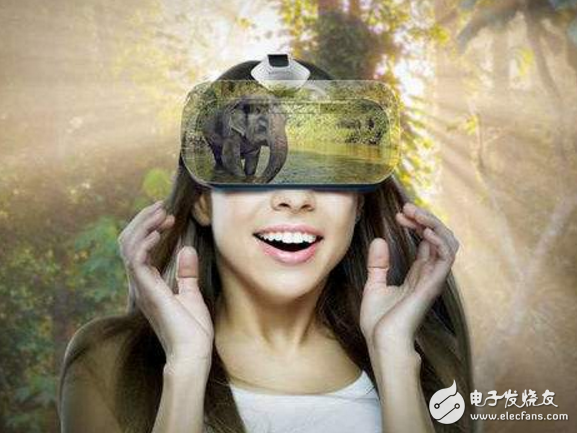
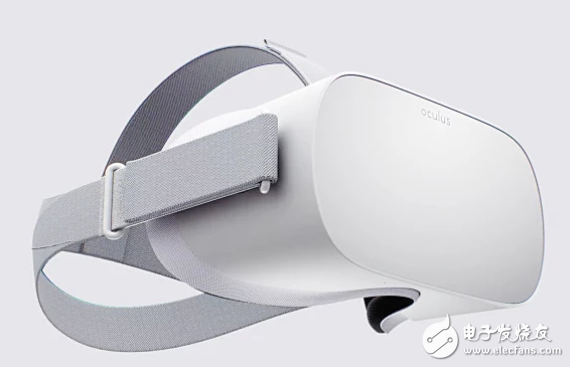
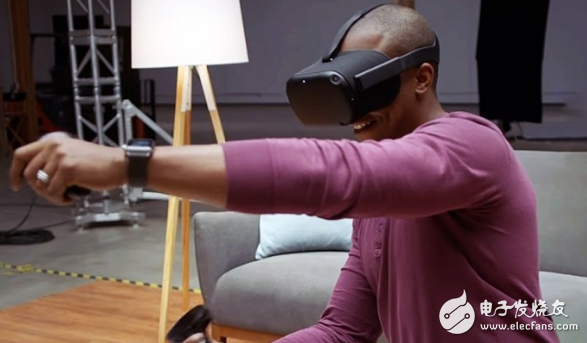
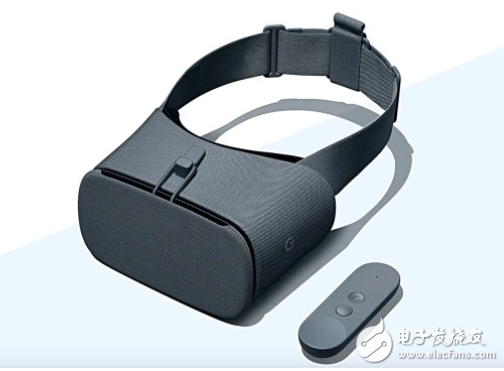
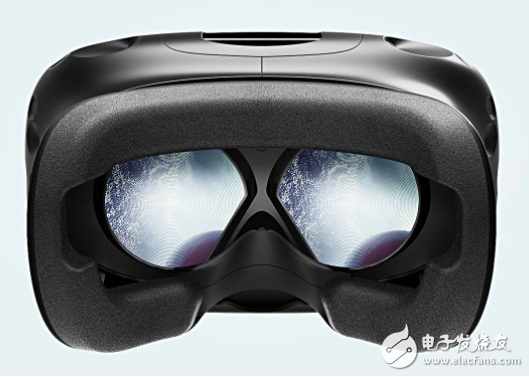
Dielectric Withstanding Voltage:1000V for one minute
Insulation Resistance:1000MΩ Min.(at 500V DC)
Contact Resistance:35mΩ Max.
Temperature:-55°C to +105°C